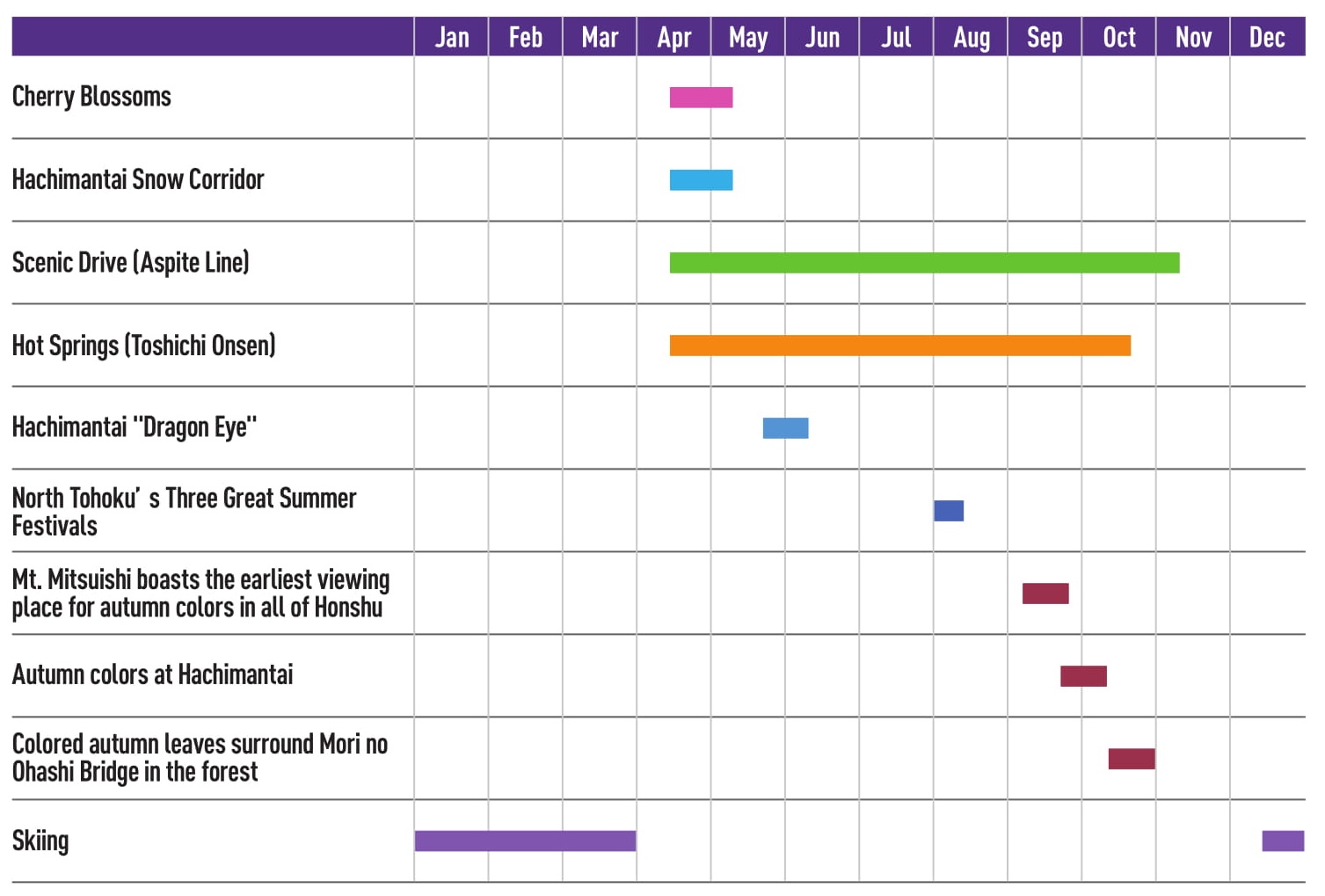Seasons and Nature at Hachimantai
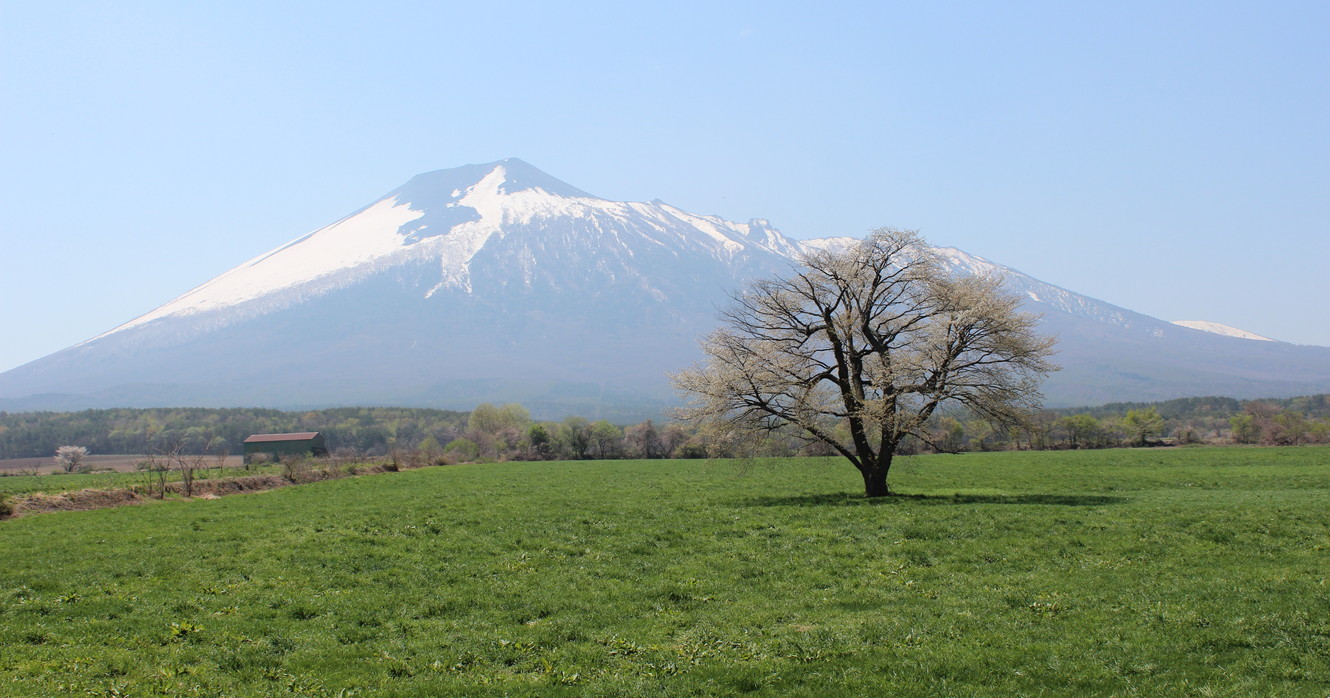
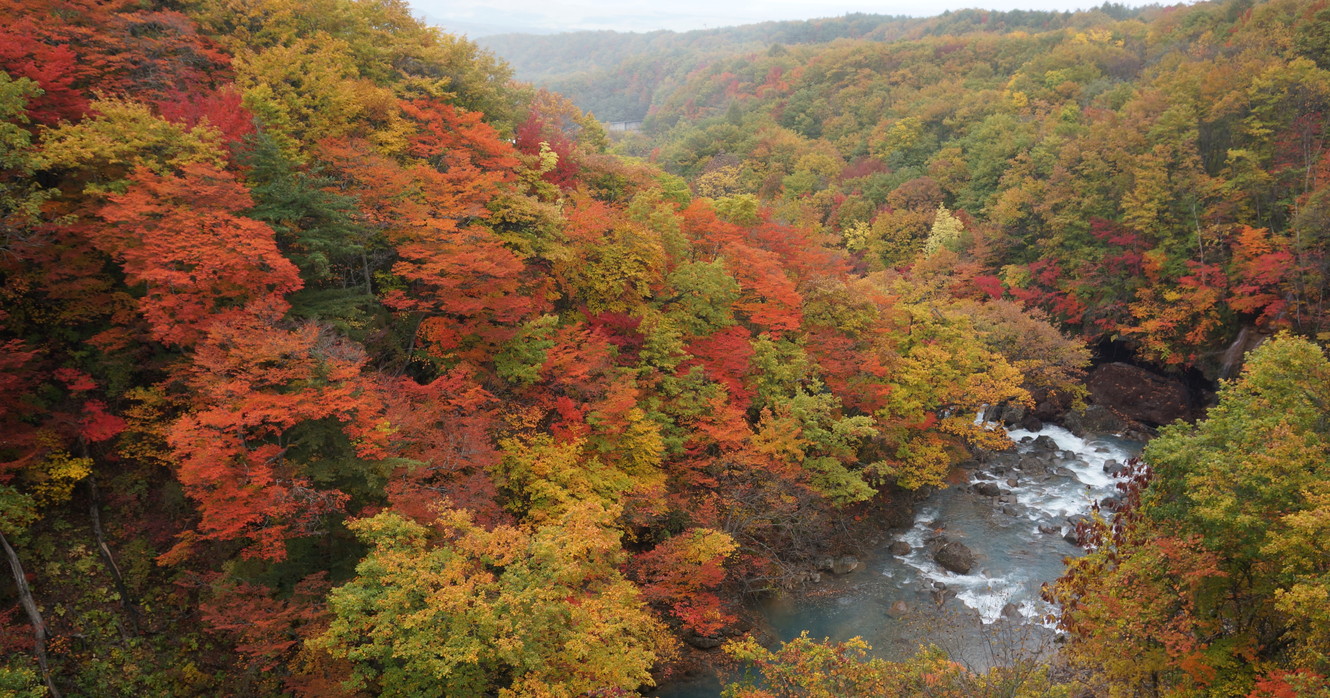
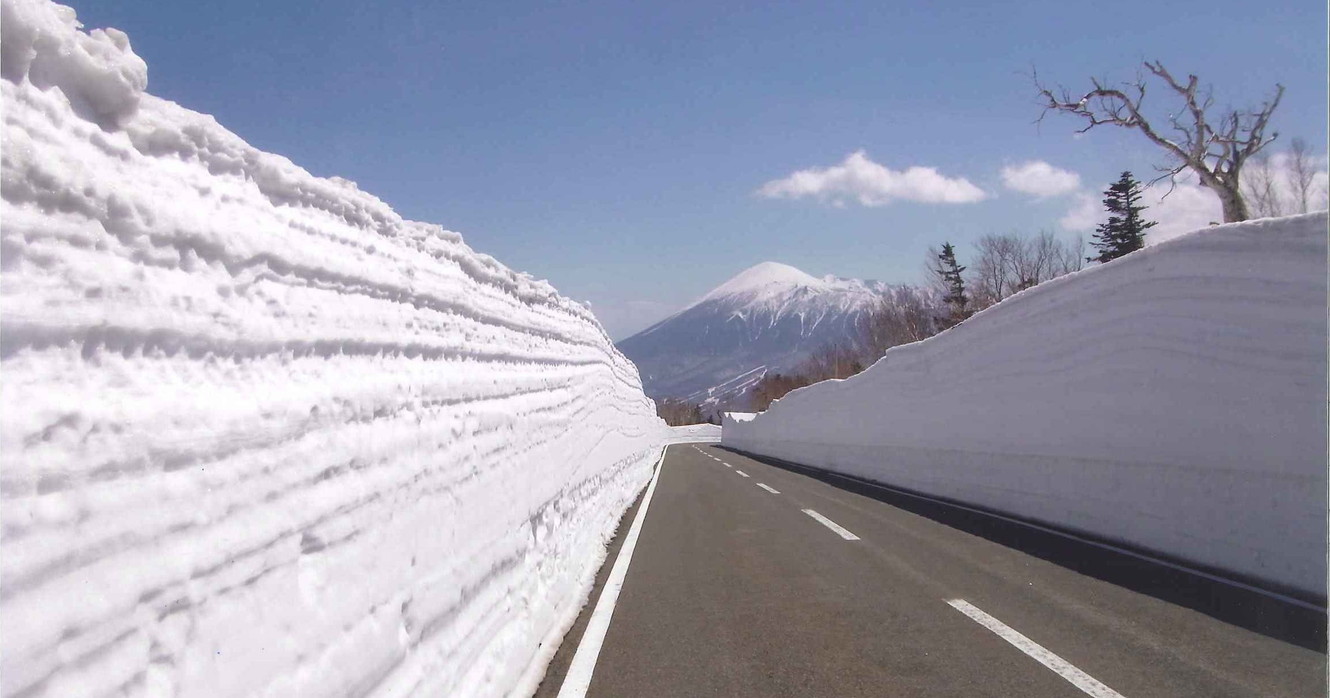
The area surrounding the Mountain Hotel is rich in its expressiveness in each season. One such place is Hachimantai National Park.
Hot Springs
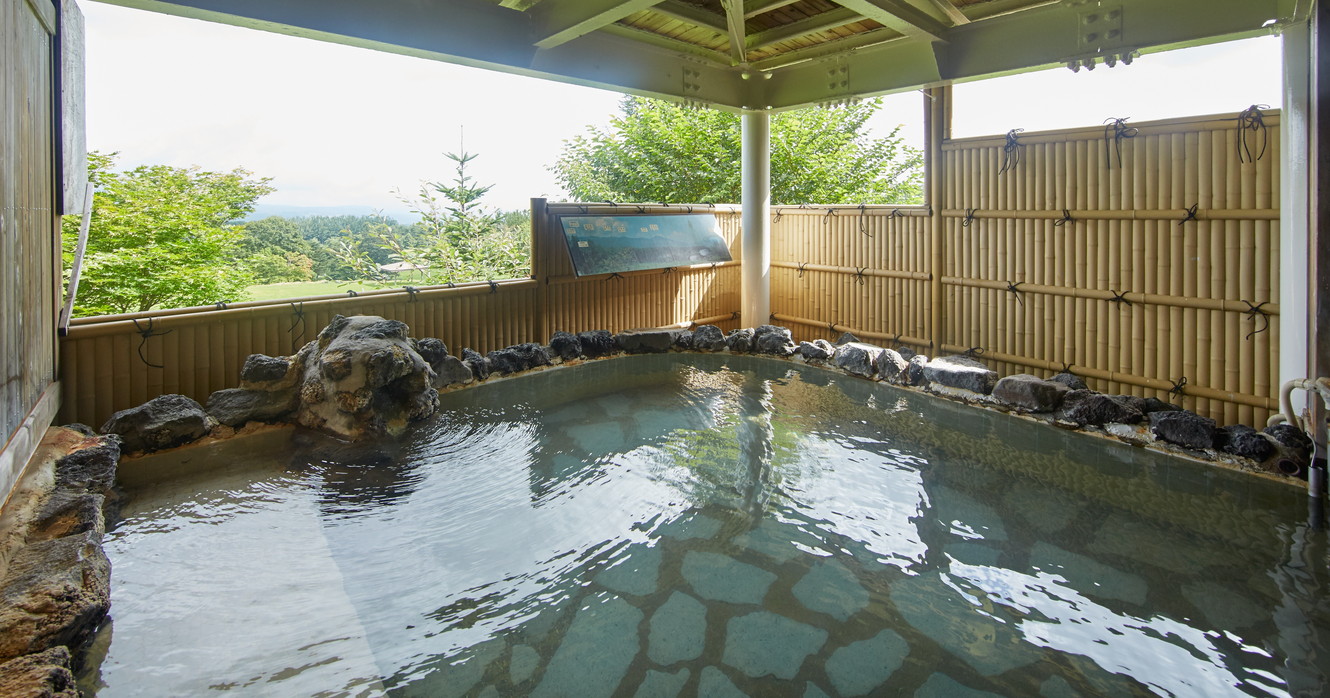
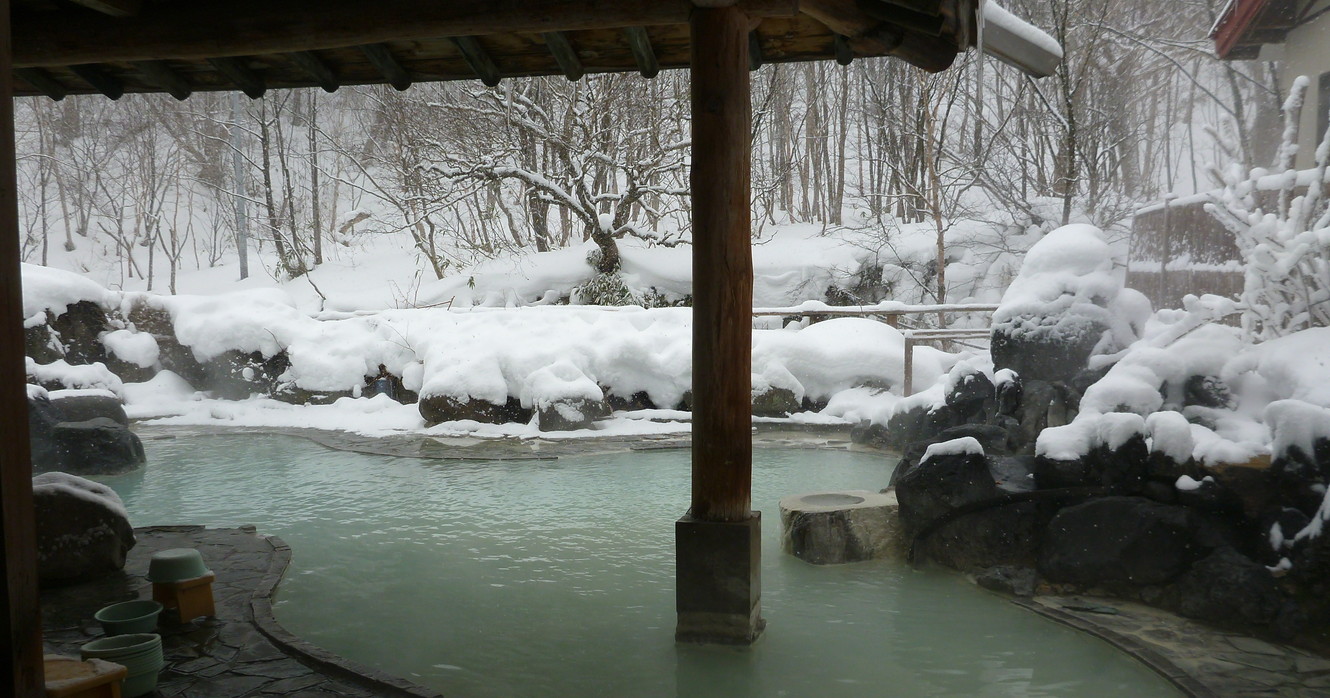
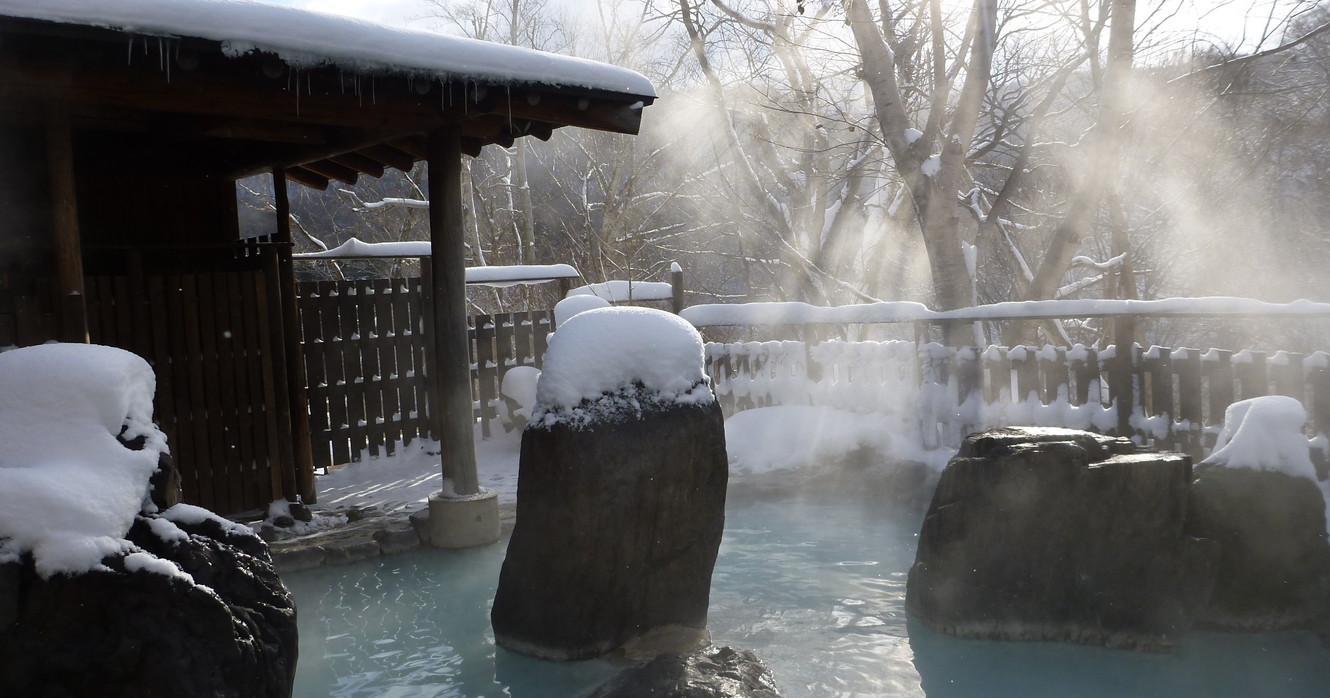
After spending time in nature, relax in the incredibly soothing famous hot spring.
Inside the hotel, we offer a natural free-flowing hot spring and sauna while the surrounding area abounds in first-rate hot springs that are perfect to visit as part of any hot spring tour.
Hachimantai Hot Spring
>> For more information
Matsukawasou, Matsukawa Onsen
>> For more information (Japanese text only)
Kyounso, Matsukawa Onsen
>> For more information (Japanese text only)
Panorama Ski Area
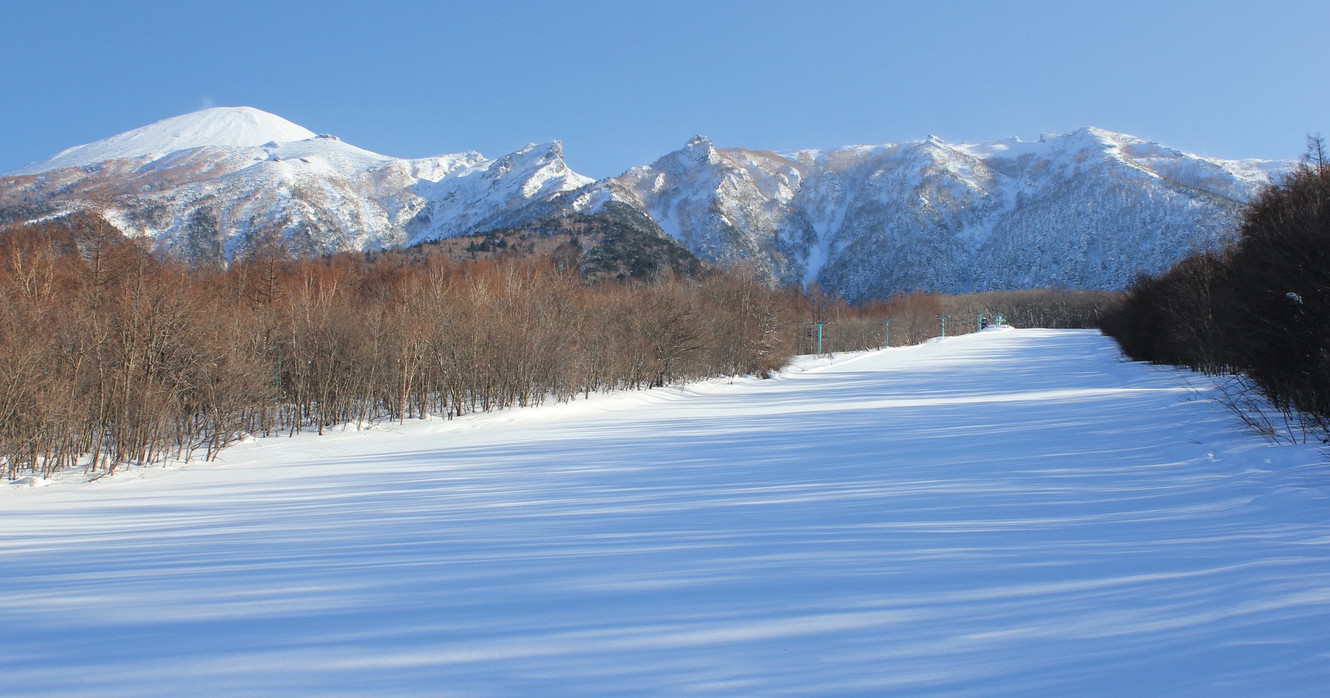

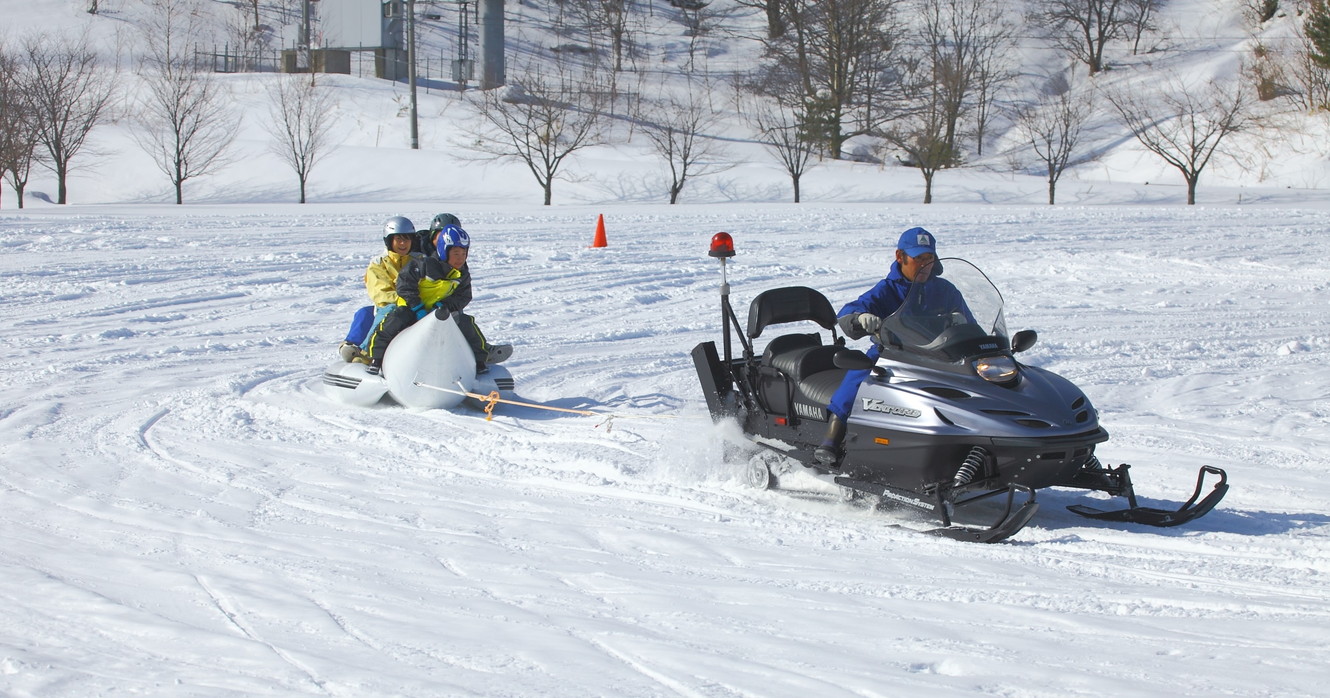
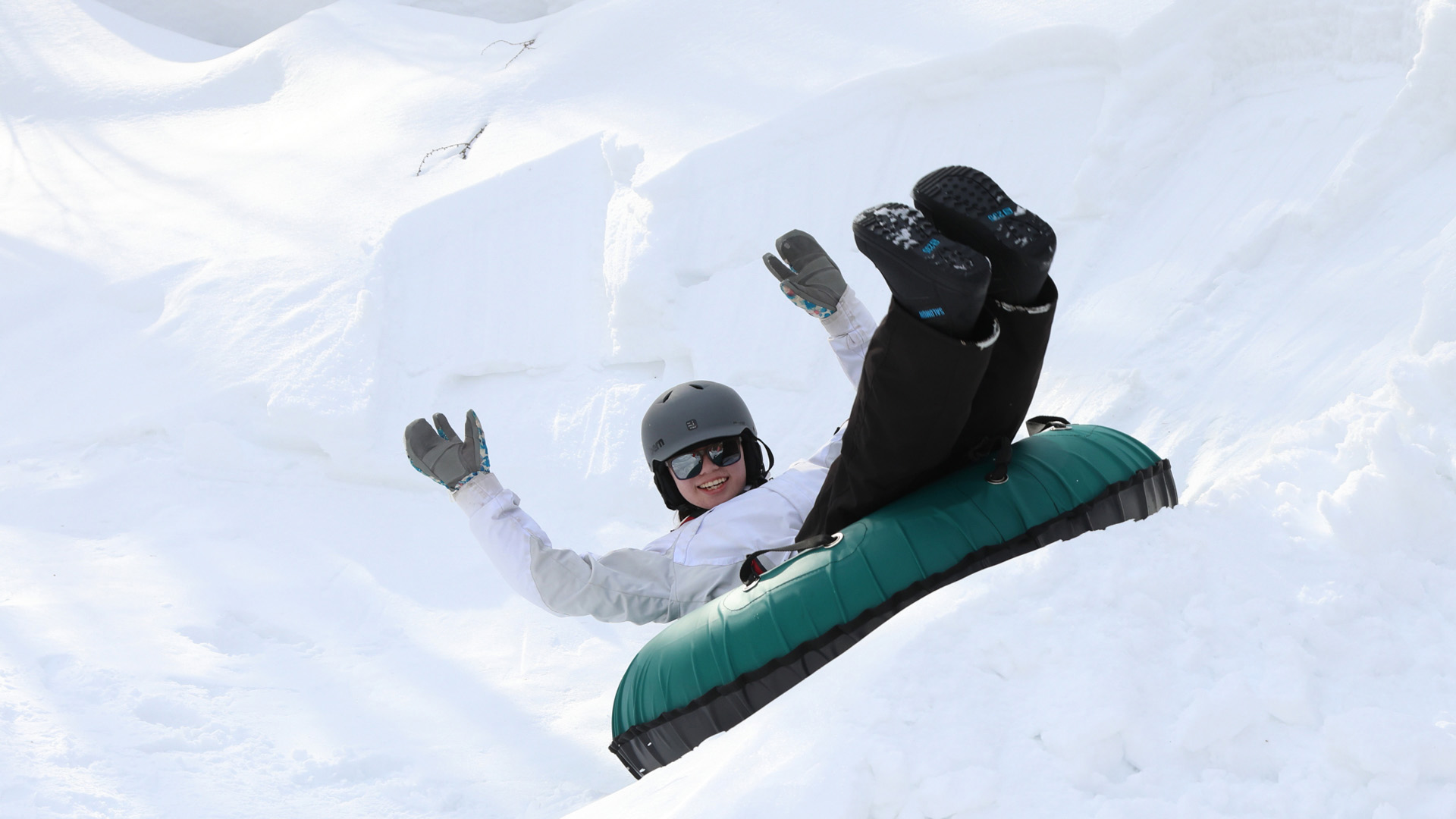
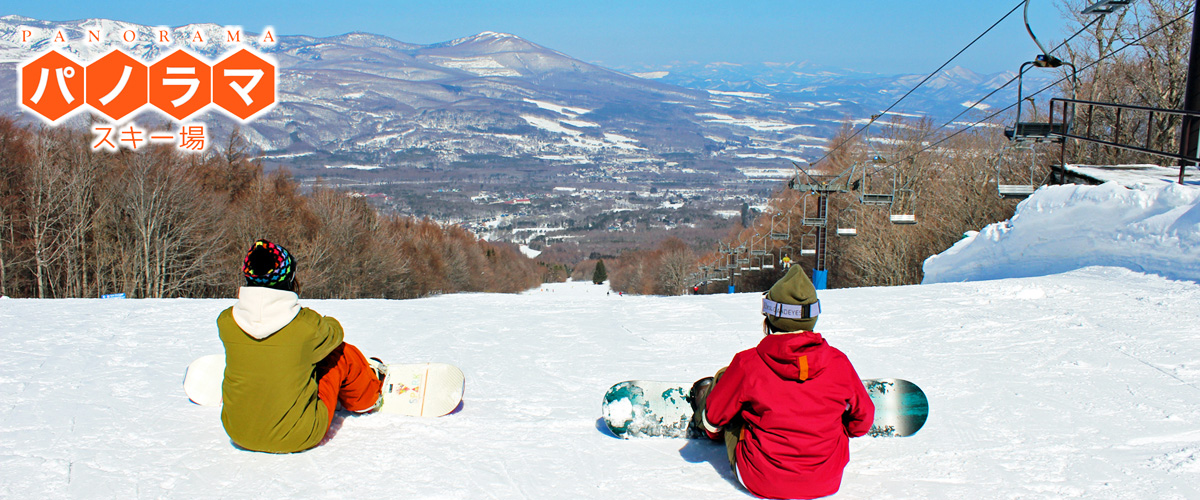
Progress safely and in comfort. The world-class long gentle slope can be enjoyed by three generations of the family.
The longest slope next to the Mountain Hotel measures 2,700m in length while the average gradient of the slopes is a gentle 12 degrees. This makes it perfect for the whole family, from youngsters to older members.
Winterland is also a popular attraction at the Panorama Ski Area where visitors can have fun in the snow using such equipment as a banana boat, snow mobile or sled.
Operating period: Mid-December to Late March
Shimokura Ski Area
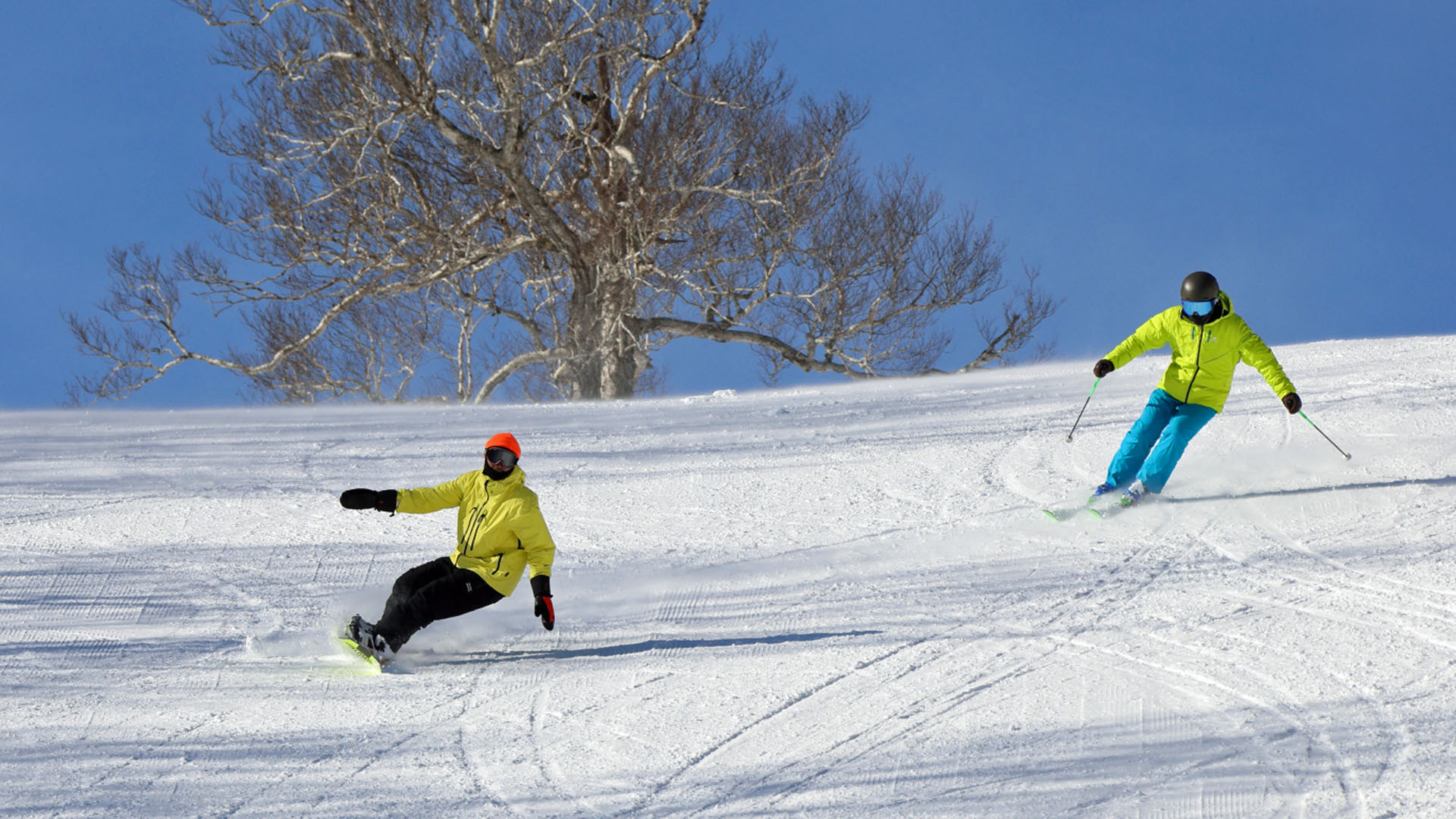
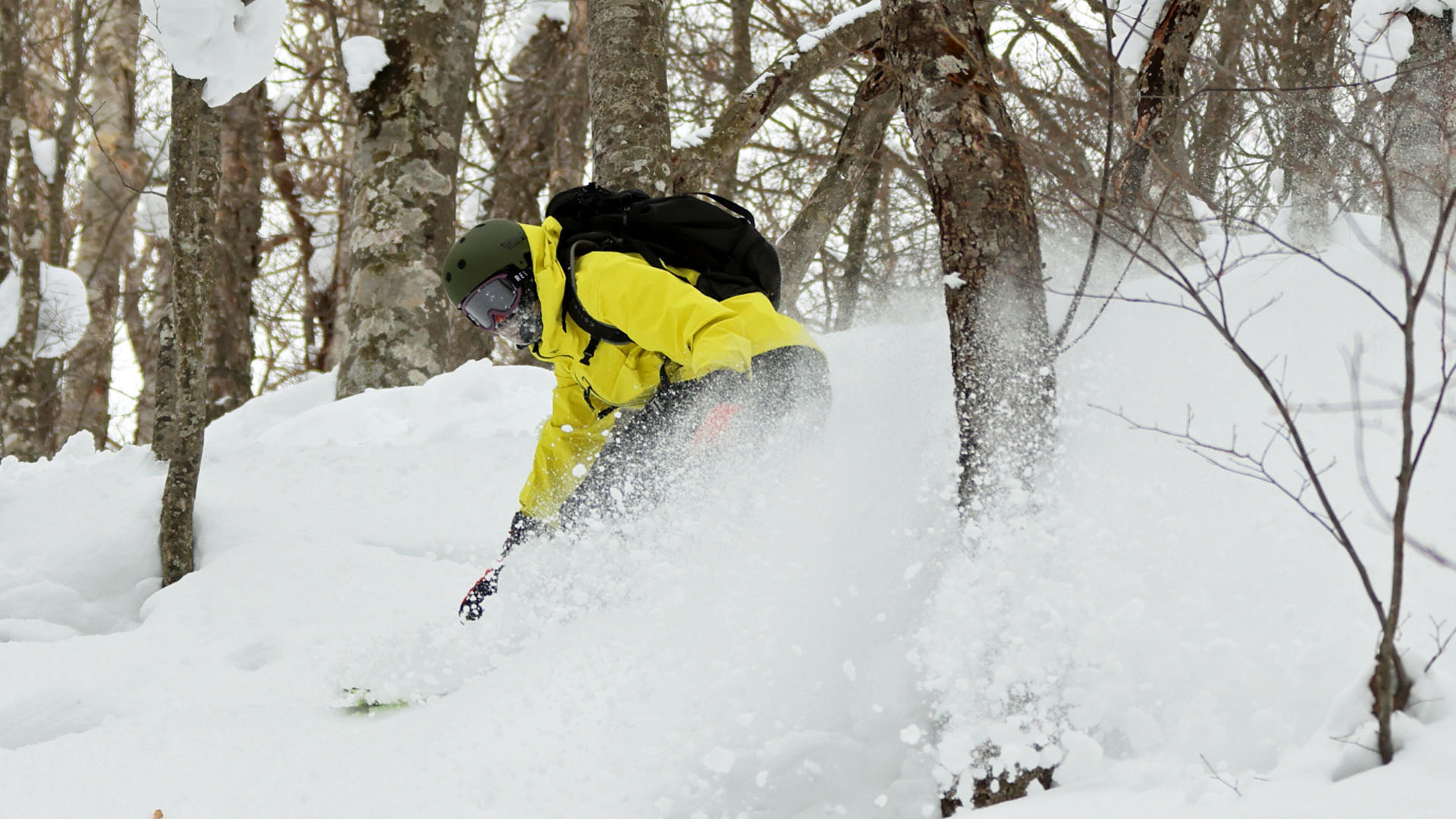
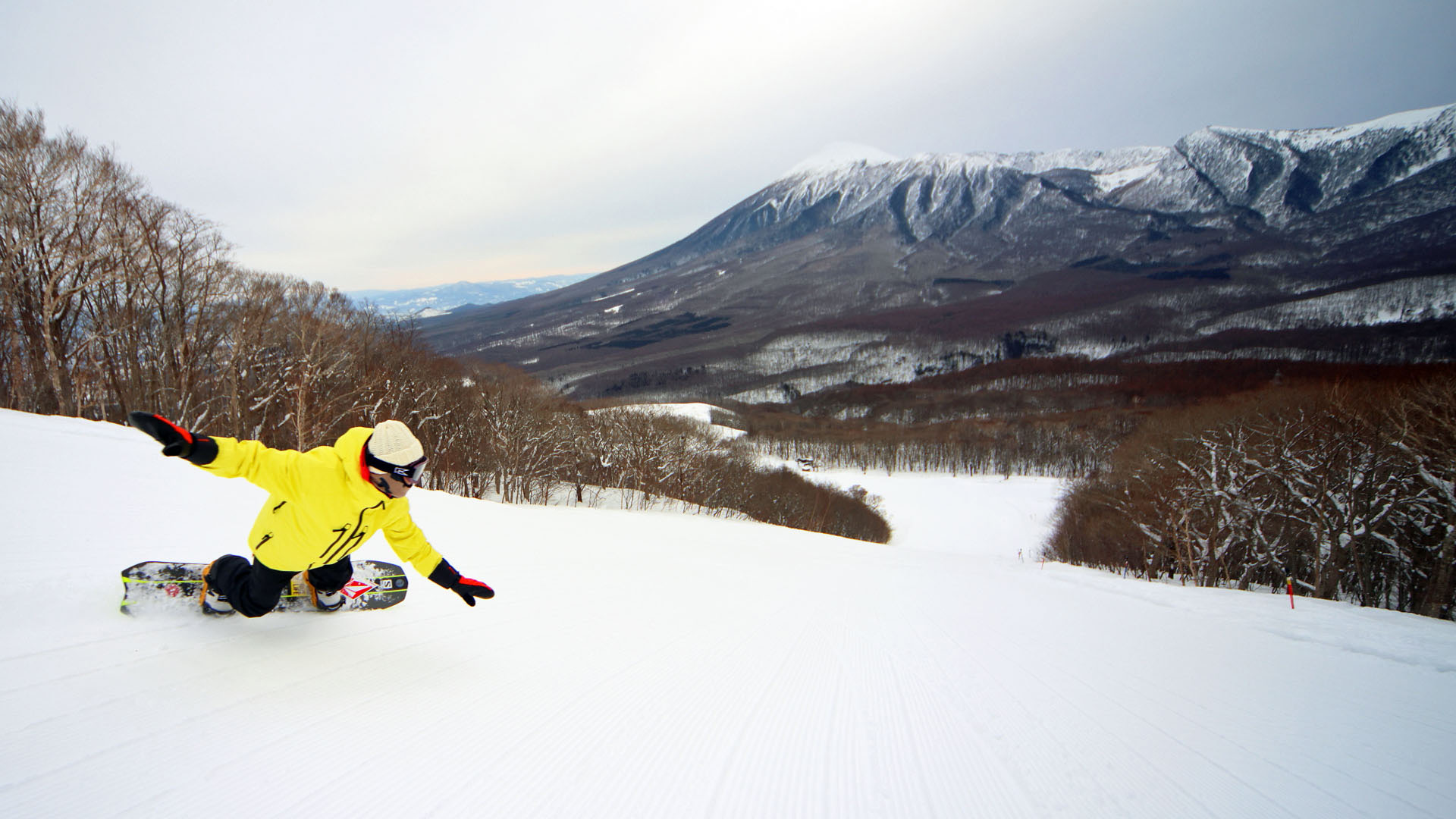
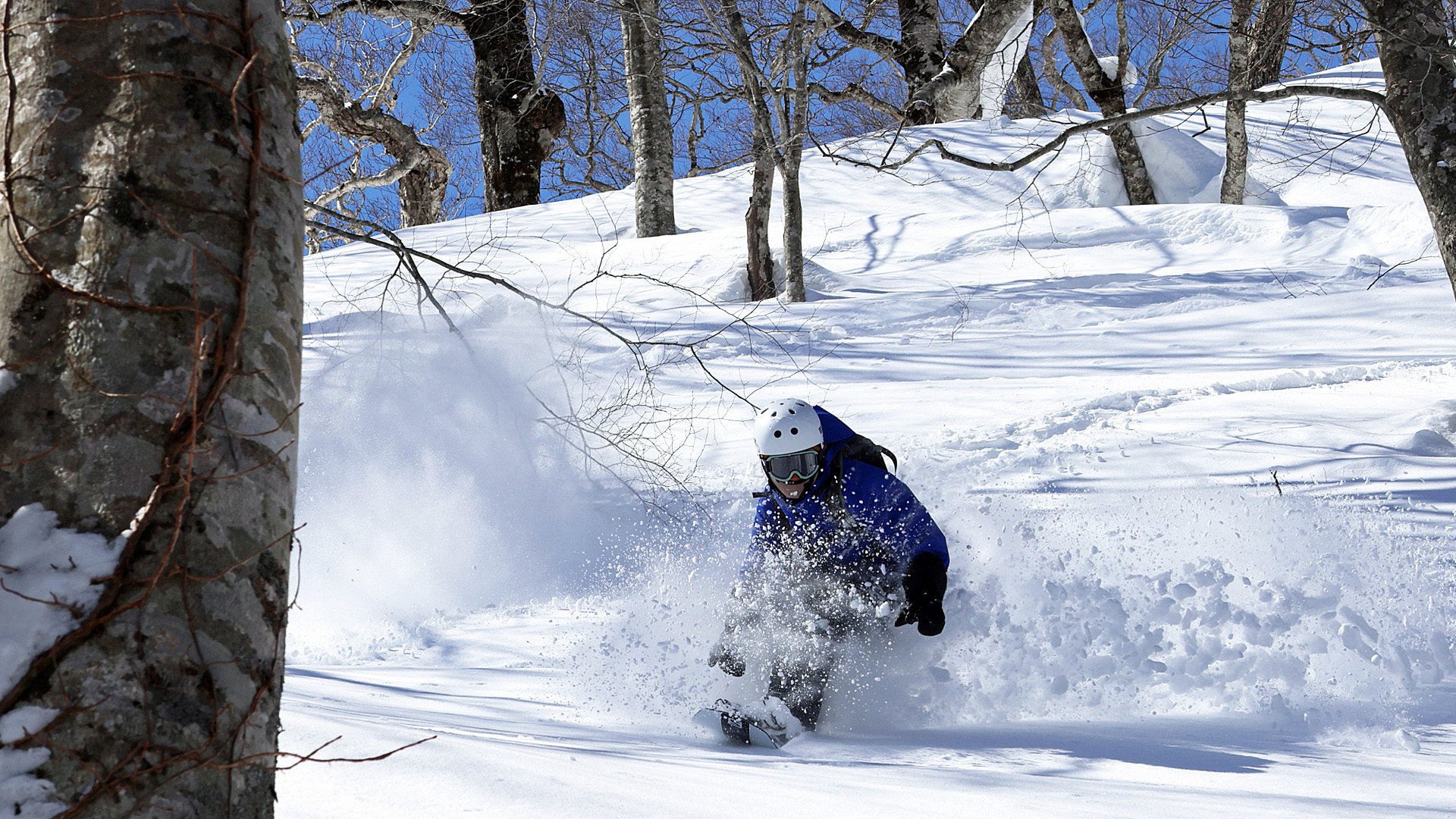
Japan’s powder king with ultralight powder snow and outstanding reliability with a 96.8% operating rate for its lifts.
Shimokura Ski Area boasts exceptional powder snow.
The ski field features a large variety of slopes that include a compacted snow trail, a powder snow course and a tree run.
The layout has been designed to block the wind with Hachimantai in the background, which helps realize a stable lift operating rate.
The ski area is very rarely forced to close because of strong winds or the like, so visitors from afar won’t be disappointed. (Operating rate of 96.8% on average over the past four seasons)
Operating period: Mid-December to Late March
Hachimantai in the Center of Tohoku
Hachimantai Resort sits at the foot of Mt. Iwate in Towada-Hachimantai National Park in the northern part of Iwate Prefecture.
The facility can be used as an excellent base to enjoy the main tourist attractions of the Hachimantai area as well as those further afield throughout Tohoku.
The mysterious natural world, history and Japanese culture bound up in Tohoku ensure that there are more than just a few experiences that await.
Key Tourist Attractions in Hachimantai
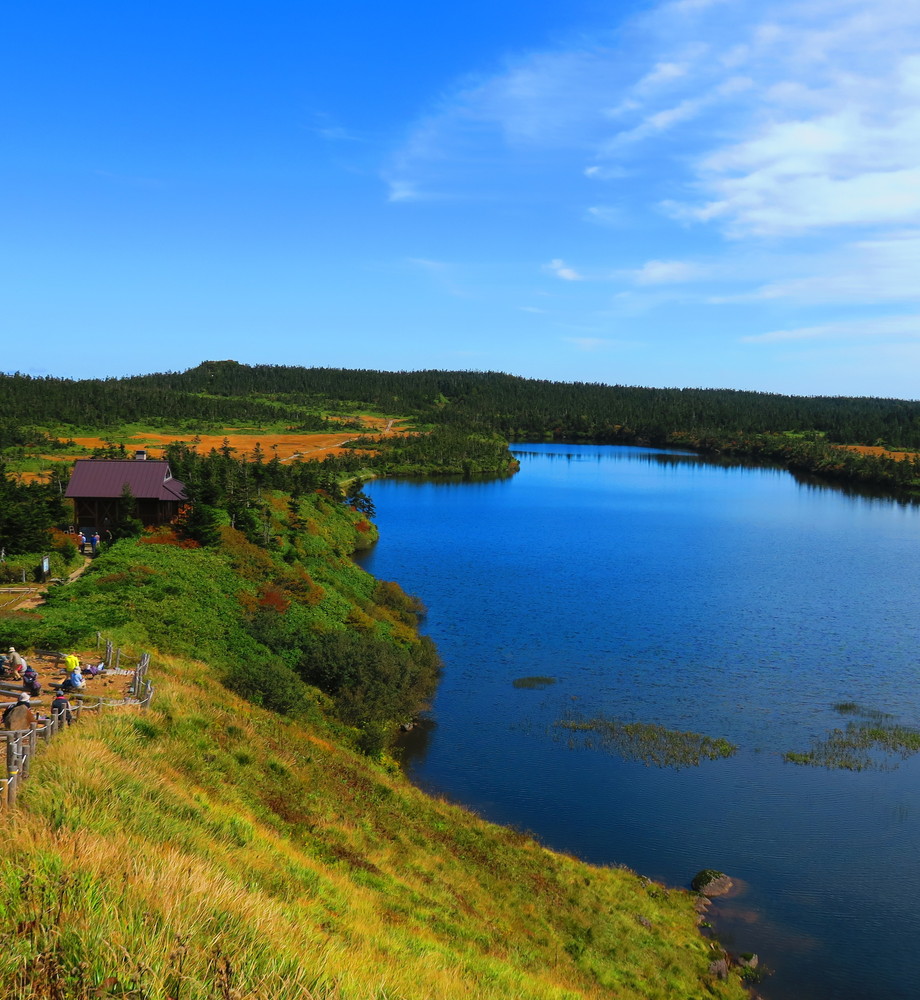
Mt. Hachimantai
Mt. Hachimantai stands 1,613m high and is one of Japan’s top 100 mountains. A variety of different-shaped peaks tower over the plateau with a countless number of ponds and wetlands dotted in between. The mountain is well known as one of Japan’s 100 most famous flower mountains for its alpine plants that color the seasons.
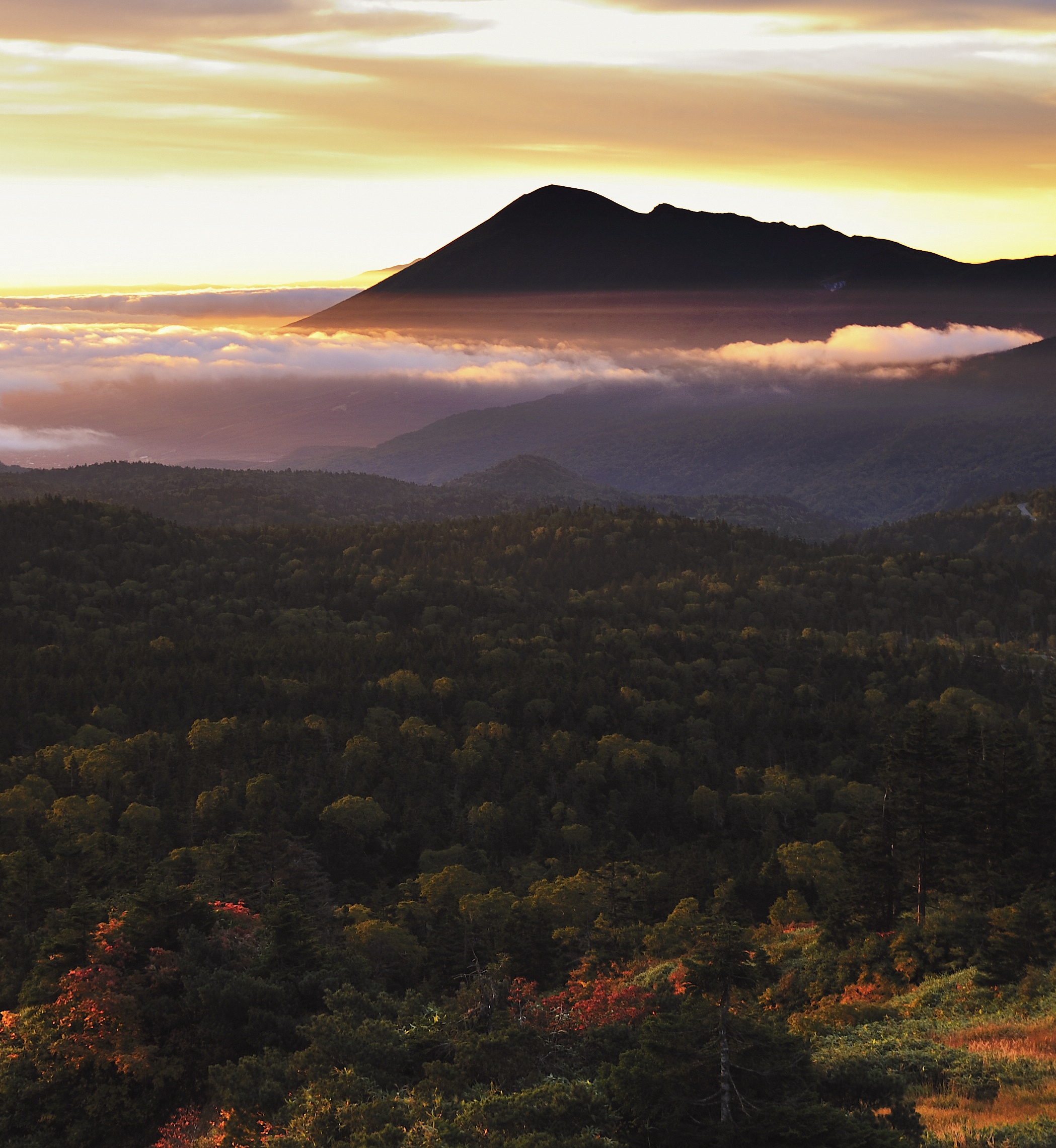
Mt. Iwate
This stratovolcano stands 2,038m high and is the highest peak in Iwate Prefecture as well as one of Japan’s top 100 mountains. Its skirts stretch a long way, making the view from the east beautiful like Mt. Fuji.
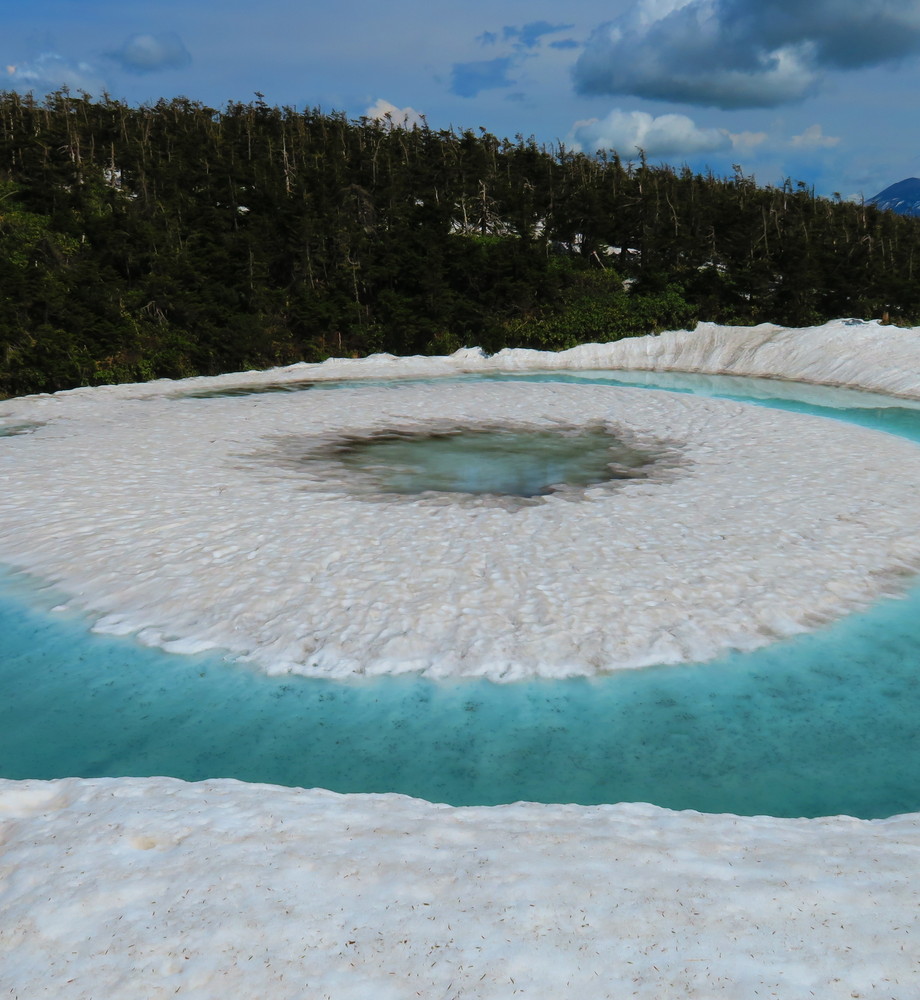
Dragon Eye
Dragon Eye can only be seen from the end of May to the start of June most years. Although Hachimantai has a number of large and small ponds, Dragon Eye only appears in Kagami Pond, making it a very unusual phenomenon.
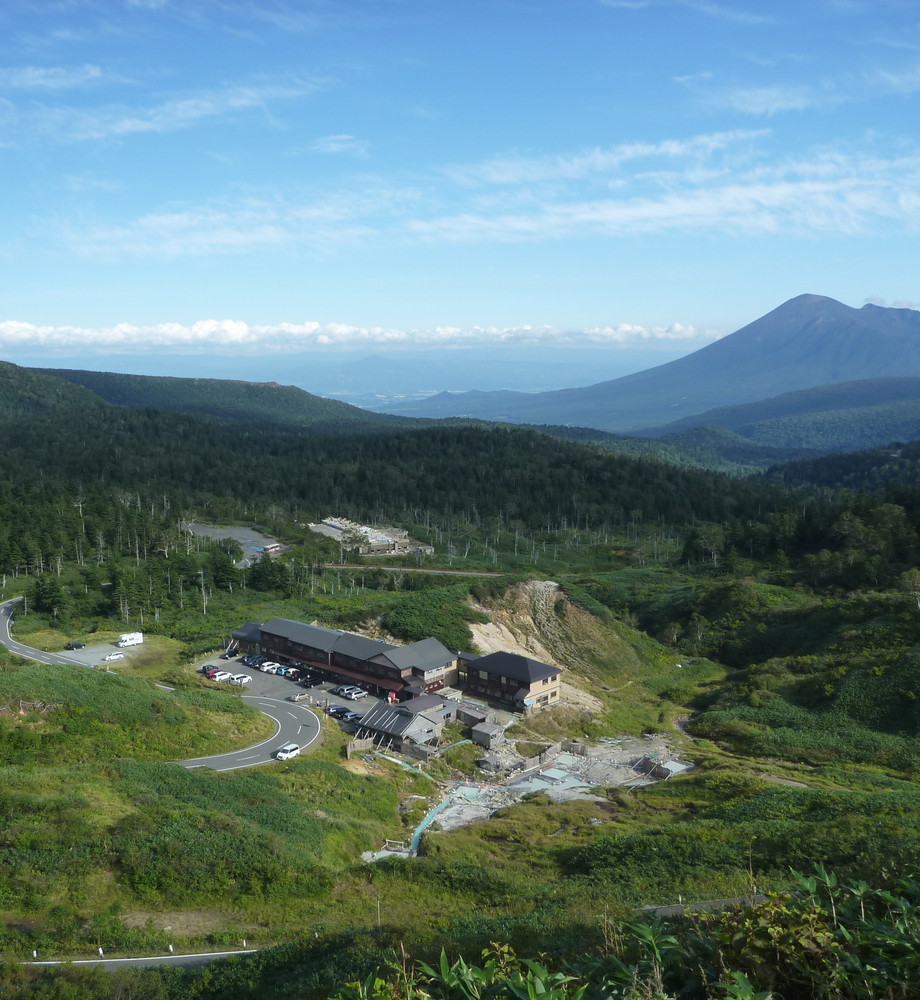
Toshichi Onsen
This secluded hot spring on Hachimantai mountaintop sits at an altitude of 1,400m among beautiful alpine plants. The stunning starry sky can be viewed from the open-air hot spring, which boasts water directly from the source.
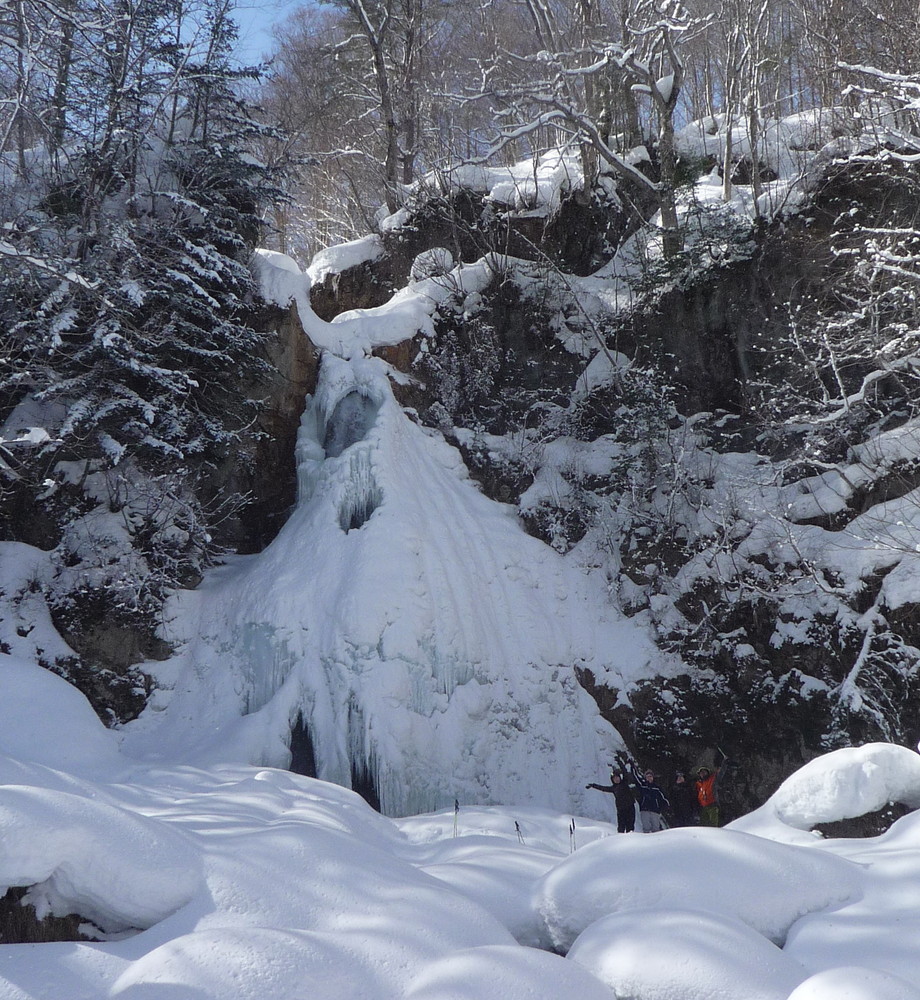
Nanataki Frozen Waterfall
The Nanataki Waterfall, with water originating from Mt. Iwate, is 25m high. The entire waterfall freezes in winter, forming a beautiful bluish ice cascade. Snowshoe tours head to the frozen waterfall.
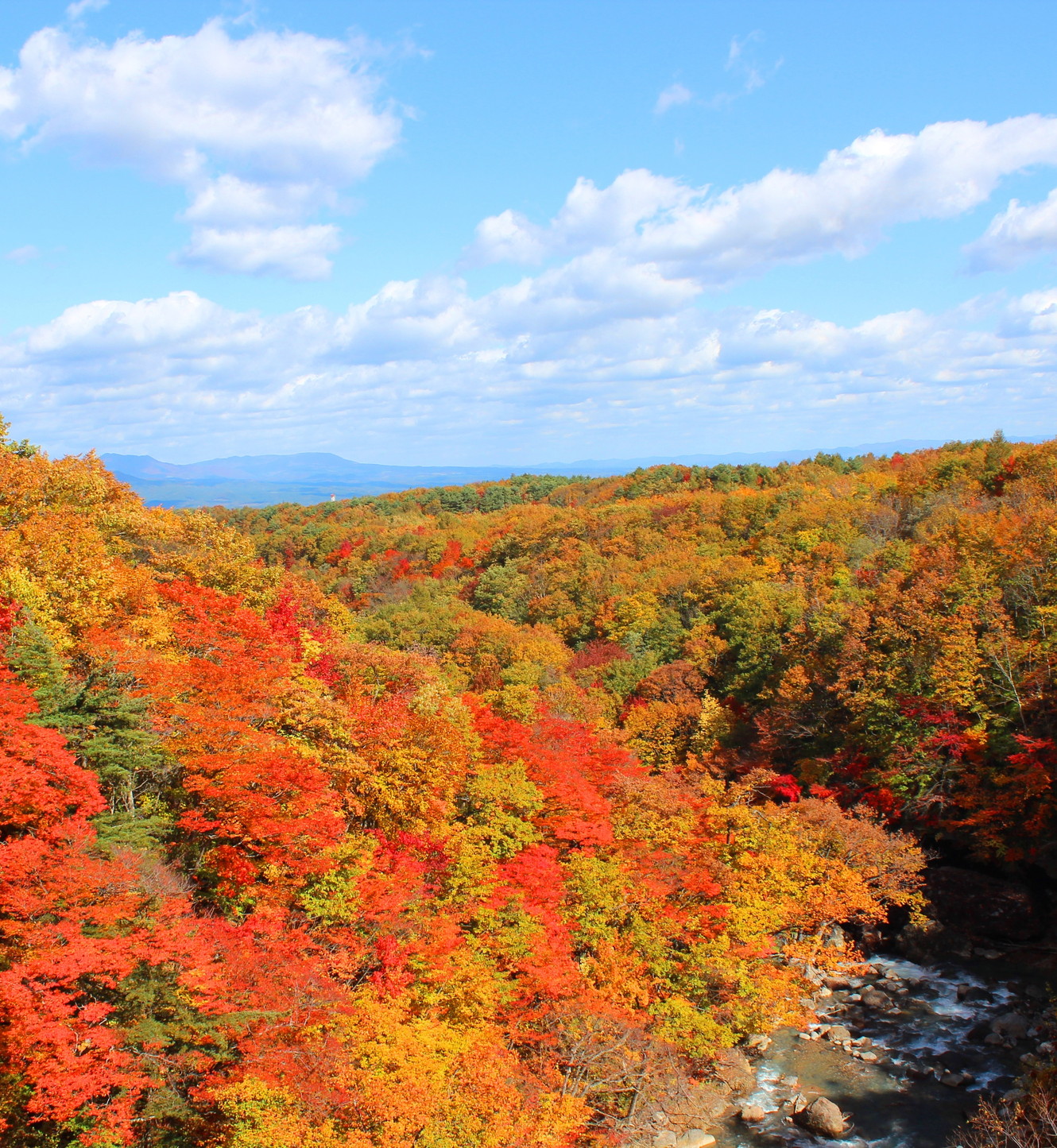
Autumn Colored Foliage (Mori no Ohashi bridge in Matsukawa)
Matsukawa Gorge is famous for its autumn foliage and is a well-known spot in Hachimantai. Mori no Ohashi bridge in particular provides magnificent views of the colored leaves from above. The excellent access to the spot is another reason for its popularity.
Key Tourist Attractions in Tohoku
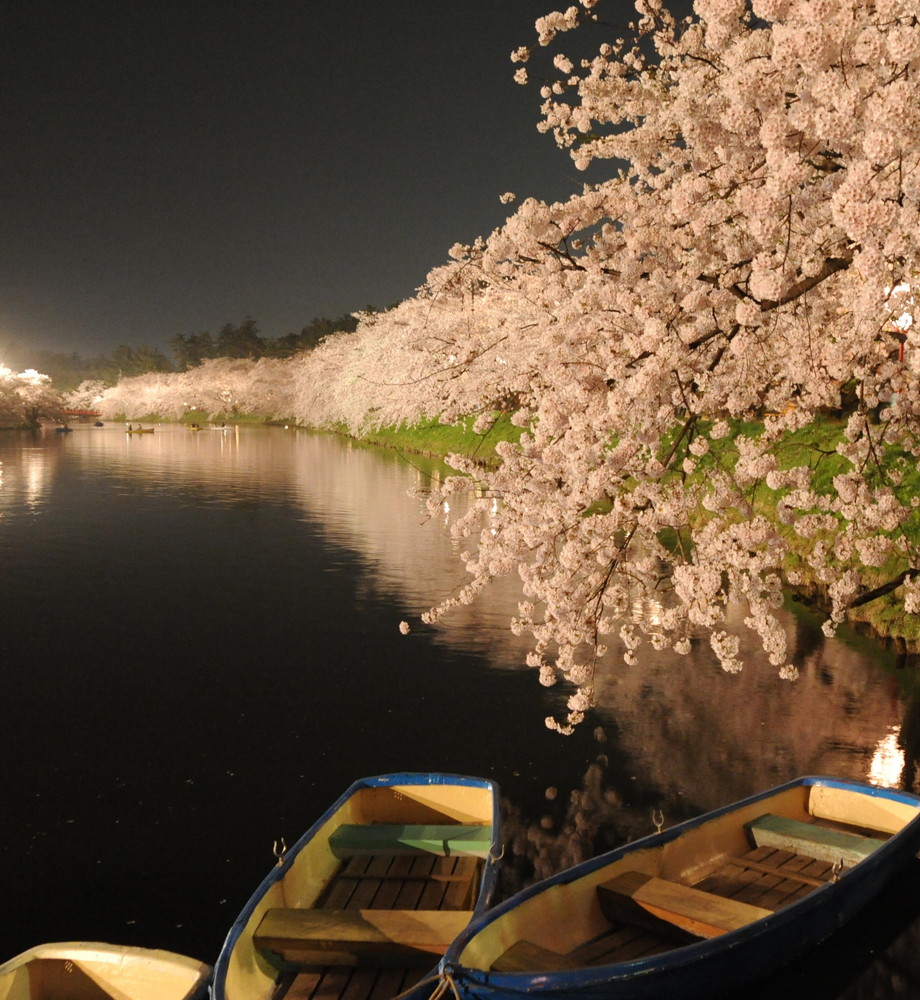
Hirosaki Castle (cherry blossoms)
Hirosaki Park is home to 52 varieties and 2,600 cherry blossom trees, including weeping cherry trees and double-flowered cherry trees. The trees are illuminated in the cherry blossom festival season along with Hirosaki Castle. The park has been selected as one of the most beautiful 100 places to view the cherry blossoms in Japan.
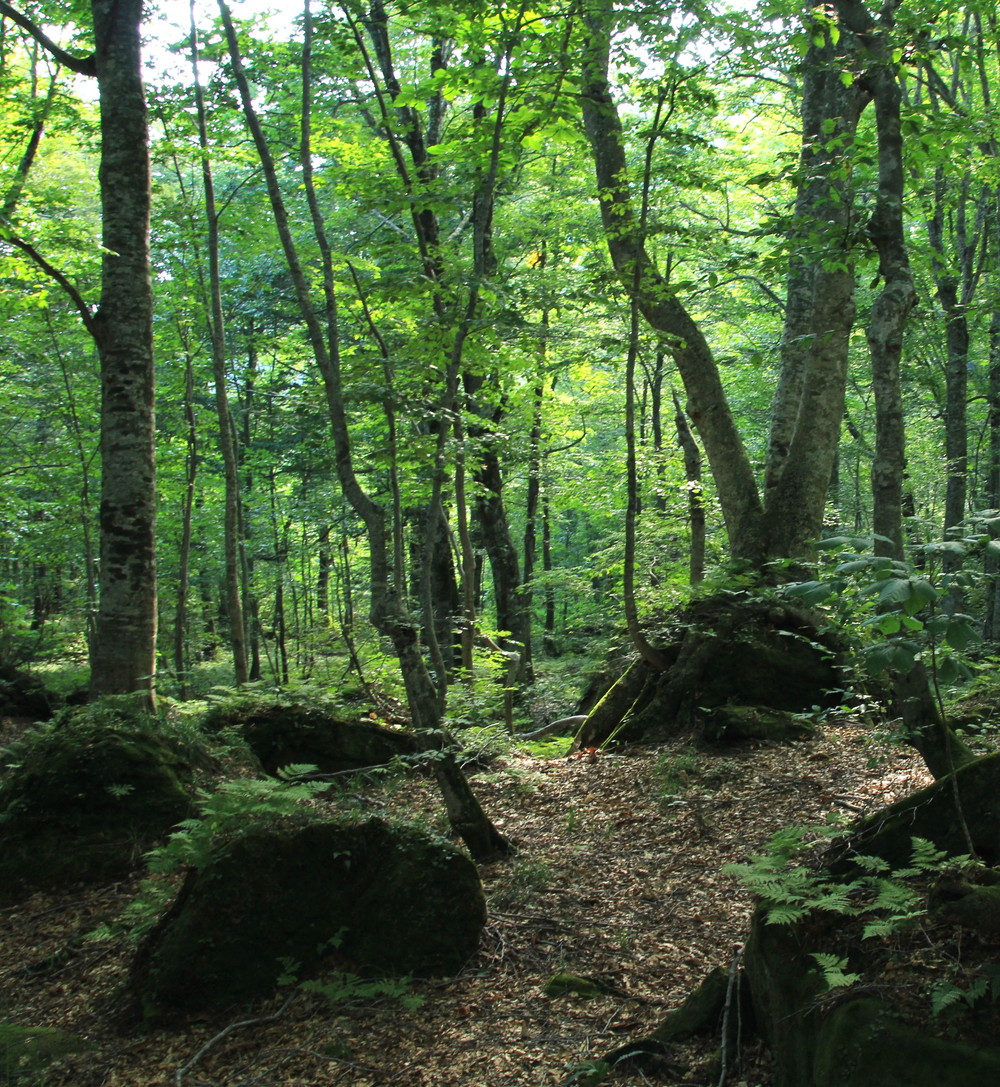
Shirakami-Sanchi
One of the world’s largest virgin beech forests, located in Shirakami-Sanchi, was registered as a World Natural Heritage Site in December 1993. The huge forest, virtually untouched by humans, has a diverse range of flora and fauna.
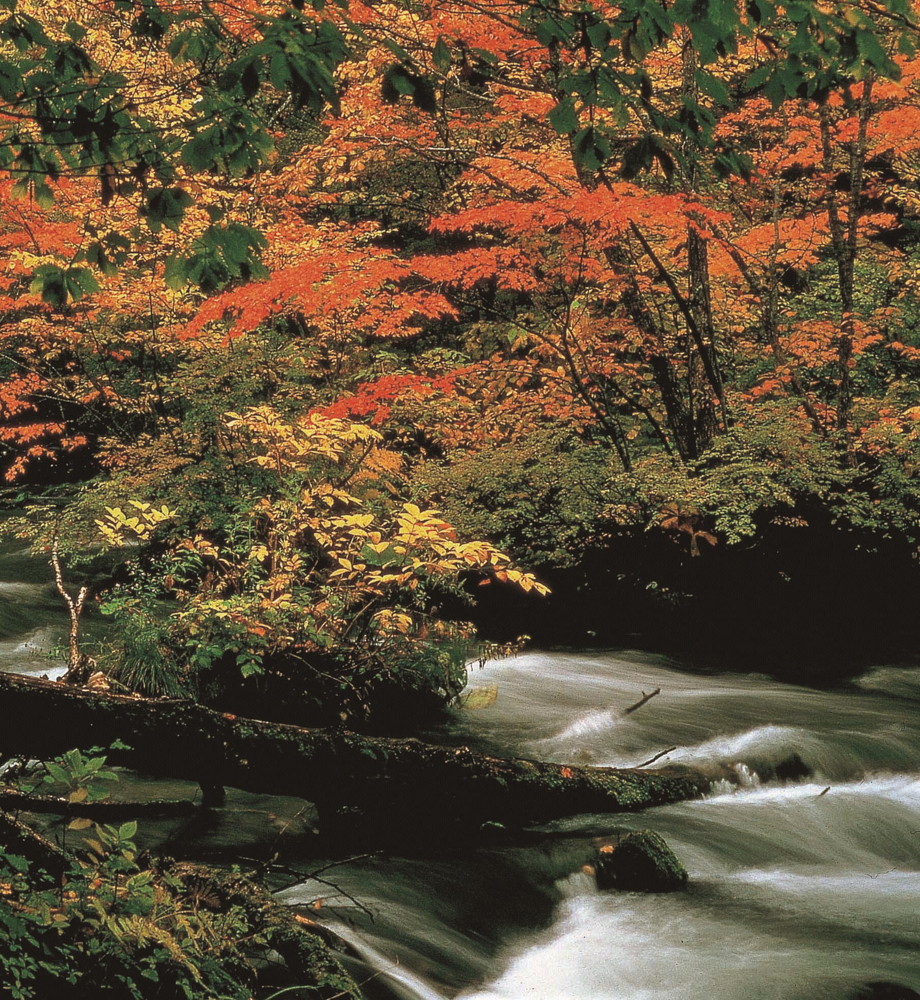
Oirase Stream(Towada-Hachimantai National Park)
The Oirase Stream flows around 14km from Lake Towada and can be enjoyed from the fresh green of spring to the vibrant colors of autumn. The stream boasts a rich array of trees, more than a dozen waterfalls and moss-covered rocks and trees.
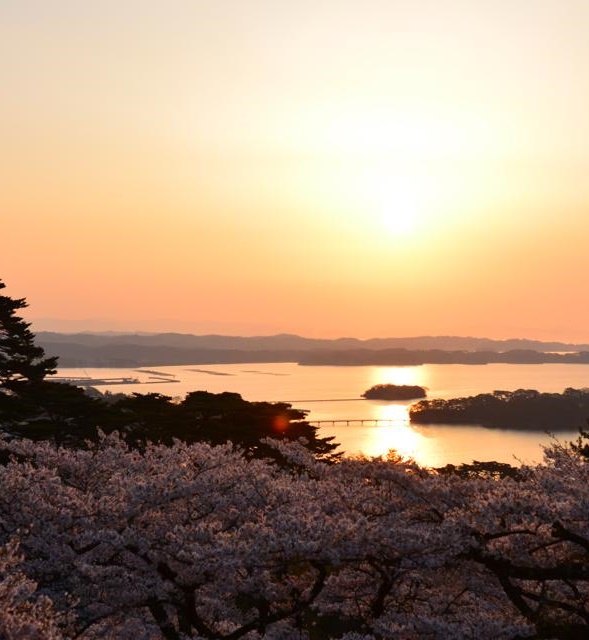
Matsushima, One of the Three Views of Japan
The islands in and around Matsushima Bay in Miyagi Prefecture are of such scenic beauty that they are counted as one of the Three Views of Japan. A journey around the islands by pleasure cruise provides a great opportunity to see the exquisite natural beauty of the area.
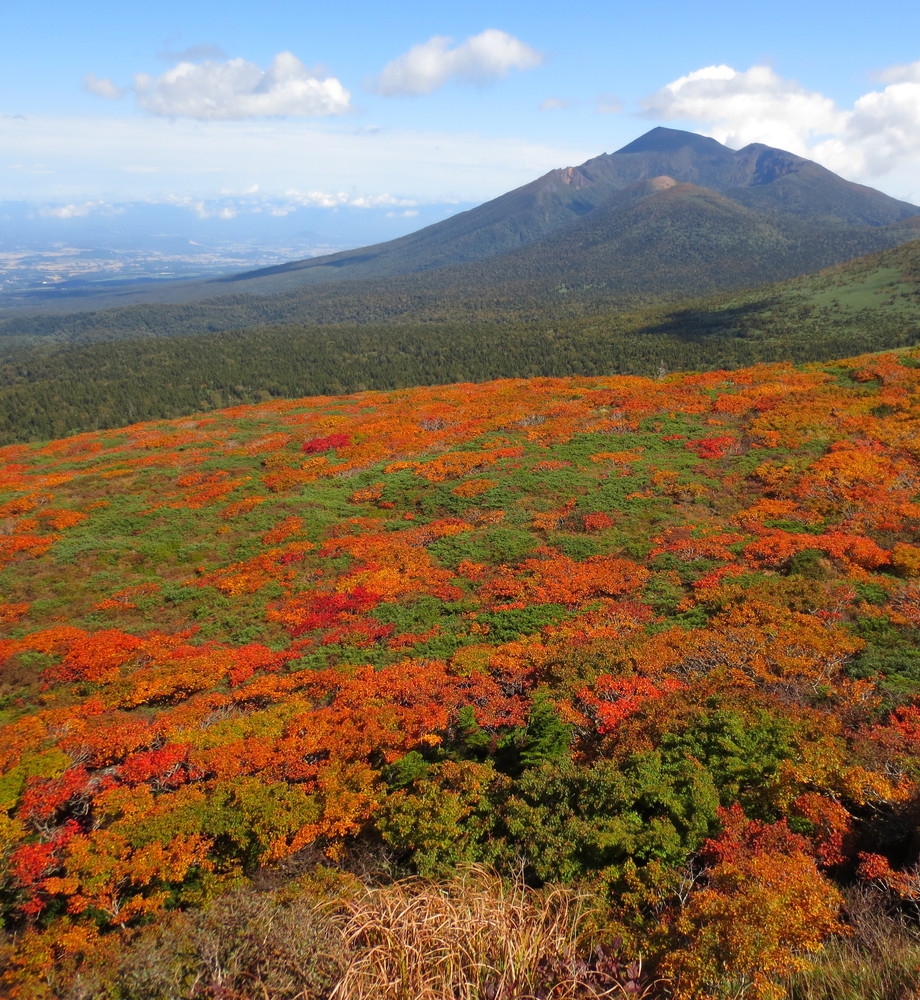
Mt. Mitsuishi autumn foliage(Towada-Hachimantai National Park)
This mountain at a height of 1,466m in Towada-Hachimantai National Park is famous for being one of the first places in all of Honshu to welcome the beautiful autumn colored leaves around mid-September. During this time, the mountain ash trees, maple trees and other varieties of trees turn into what looks like a “bright red carpet.”
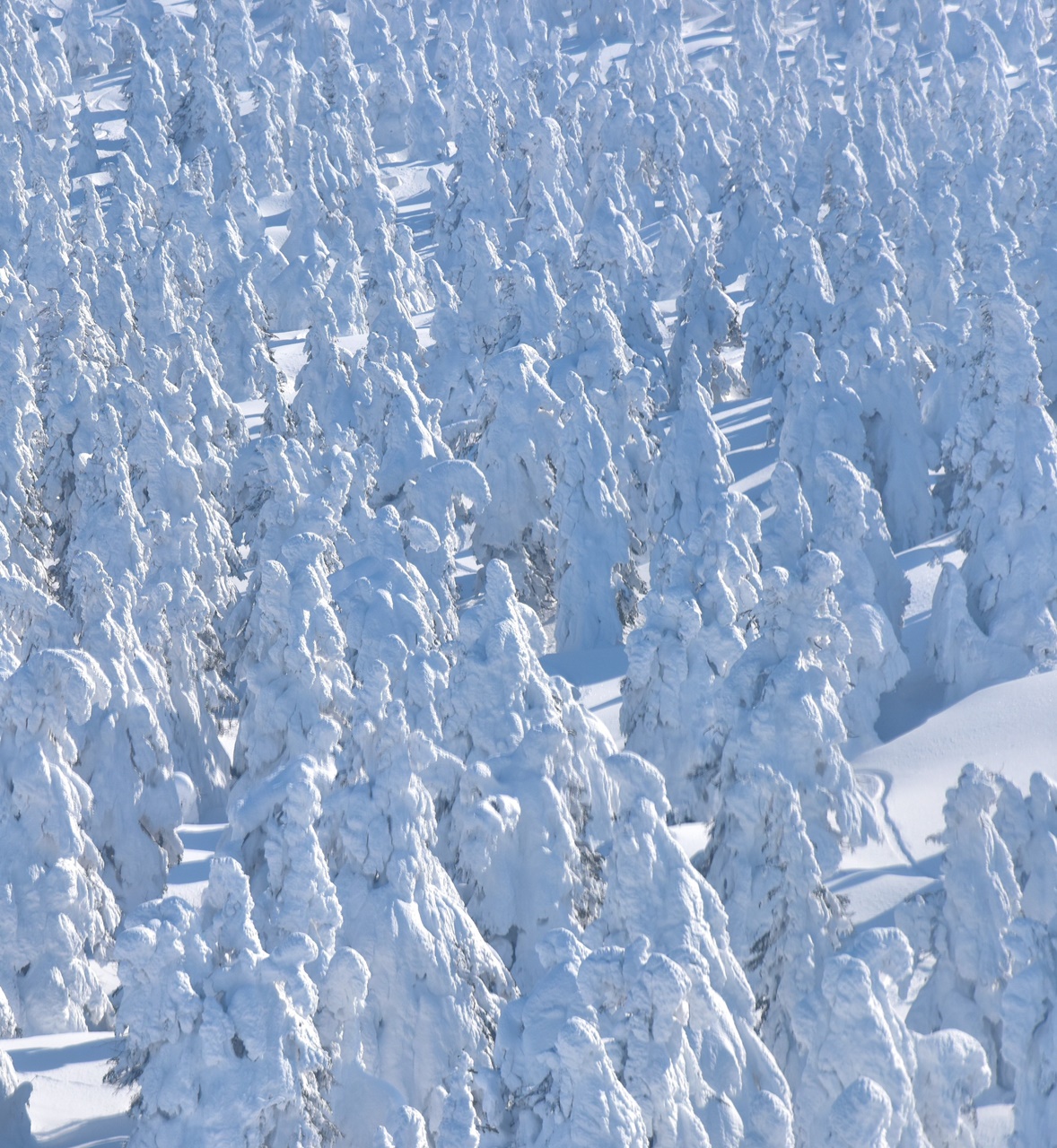
Zao (Frost-covered trees)
Extremely cold water droplets in snow clouds carried by the seasonal winds from the Sea of Japan fall and hit the leaves of white fir trees, and when it snows on top of them the ice and snow sticks together to make frost-covered trees. The size of the frost on the trees is at its peak around February, when it is the best time to view the phenomenon.



